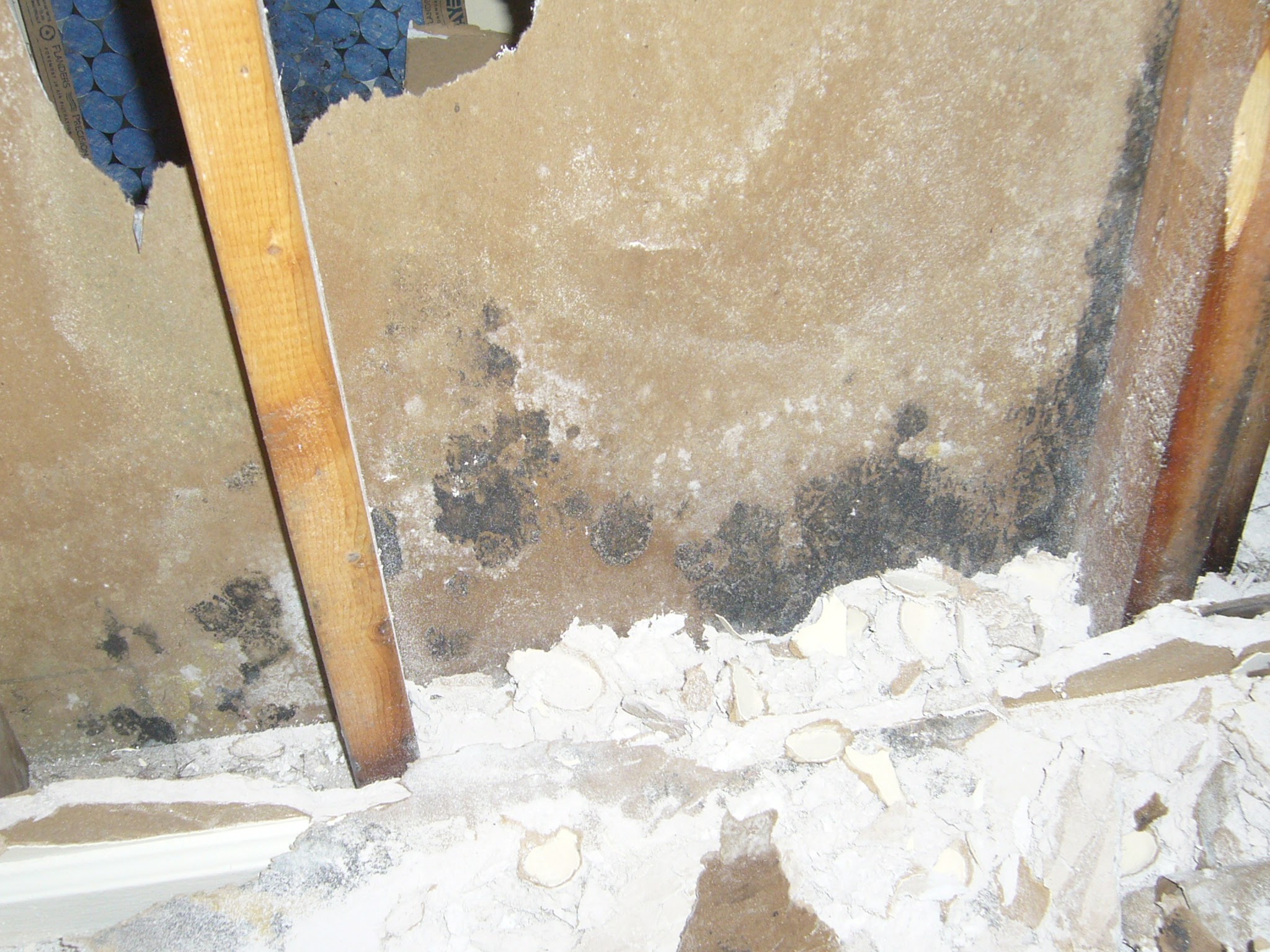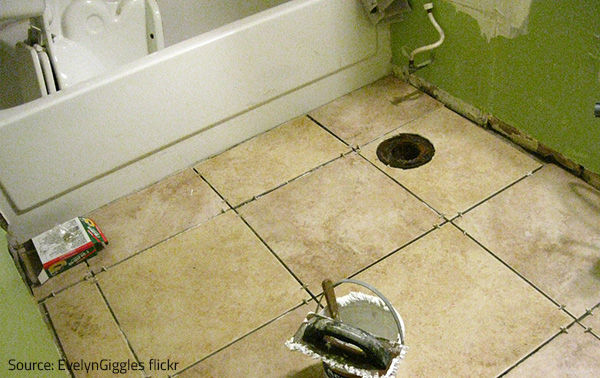Just How to Help Prevent Water Damage in Your Bathroom
Just How to Help Prevent Water Damage in Your Bathroom
Blog Article
On this page below yow will discover a bunch of dependable information and facts pertaining to Looking for Signs of Water Damage in the Bathroom.

The bathroom is incredibly vulnerable for moist accumulation and potential water damages as a result of the frequent use of water in it. This write-up offers easy assessment strategies to aid spotting water damage dangers.
The constant use of water in the bathroom makes it extremely susceptible for moist build-up as well as prospective water damage. By checking it on a regular basis, you can decrease water associated damages.
The complying with set of assessments is easy to carry out and ought to be done once in every three months in order to keep your bathroom in good shape and also to stop possible water problems brought on by the tub, the shower, pipe joints and also plumbing, sinks, closets, as well as the toilet
Do not neglect executing these evaluations and be thorough while executing them. Bear in mind that these easy inspections can conserve you a lot of money by giving very early indications for water damages
Tub and Shower
The shower and also tub require unique interest and upkeep. Inspect the tiles and also replace if cracked. Ensure that there is no missing out on grout between the ceramic tiles. Inspect and also replace cracked caulking at joints where the wall surfaces satisfy the flooring or the tub. Clogged drains pipes and pipes troubles will protect against the bathtub from drying out as well as might show severe issues below the bath tub. Speak with a specialist instantly to prevent architectural damage. Take note of stainings or soft locations around the tub walls as they might suggest an internal leakage.
Plumbing
Signs for water damages are hard to detect given that many pipelines are set up inside the walls.
Pay unique interest to flooring and also walls moisture and also spots as they may show an unnoticeable plumbing problem. Examine moisture degrees in adjoining areas also.
Sinks and also Cabinets
Sinks and closets are exposed to dampness and moisture day-to-day as well as are usually neglected. Check routinely under the sink as well as on the counter top over it. Repair any type of drip in the catch as it might suggest drain issues. Check out the sink, slow draining pipes might show a blocked drainpipe. Replace sink seals if they are broken or loosened.
The Toilet
The bathroom is an at risk water junction. Inspect the water lines and also look for leaks around the bathroom seat, in the tube, and under the water tank. If you discover any kind of signs of dampness on the floor around the bathroom, look for leakages in the toilet rim as well as container seals.
Know that hanging toilet bowl deodorants enhances the opportunities for clogs.
TIPS TO PREVENT WATER DAMAGE IN THE BATHROOM
The average household uses approximately 80-100 gallons of water per person per day. For a family of 4, that's almost 2,500 gallons of water a week! The largest portion of this consumption comes from bathroom use. Flushing the toilet uses the most water, followed by taking a shower or bath. With that much water running through the home, water damage in the bathroom is bound to happen. Knowing how to spot signs of a water leak is essential to preventing long-term damage. This guide provides you with tips to reduce the impact of water damage on your bathroom.
CAUSES OF BATHROOM WATER DAMAGE
Pipe breaks are the most common cause of water damage we see in our daily jobs. The age of a pipe plays a large role in a pipe break as well as corrosion. Over time, the metal begins to break down, allowing water to escape. Frozen pipe breaks are also a concern in the winter months. Toilet overflows caused by paper products or children flushing inappropriate items. Degraded caulking around the toilet or bathtub can allow water seepage, sometimes behind the fixture, into the subfloor or walls. Condensation forms when the water in a pipe is cooler than the air temperature. Beads of water form on the exterior of the pipes, sometimes so much so that the water begins to drip and pool below. Sink or shower backups created by poor drainage. HOW TO PREVENT WATER DAMAGE IN YOUR BATHROOM
Inspect your toilet supply line for worn or frayed hoses and replace them as needed. Winterize your plumbing to prevent a frozen pipe break. Use vent fans to prevent condensation that can lead to mold growth. Routinely check and replace degraded caulking around your toilet or bathtub. Increase the temperature in your toilet tank and insulate your pipes during the warm summer months to keep condensation from forming. Use child safety locks on the toilets. Flush only toilet paper. "Flushable" wet wipes are actually not good for your plumbing system. Additionally, feminine hygiene products should not be flushed. Prevent water from escaping the tub or shower. Make sure shower curtains are in good condition. Inspect shower doors and replace the seal strip if necessary. Wipe up any water that accumulates on the floor and use bath mats. Water left to sit can cause damage to the tiles and flooring. Refrain from using bath products containing heavy oils to avoid a clogged drain.

We hope you enjoyed reading our topic on How to Repair and Prevent Bathroom Water Damage. Thanks for taking time to read our blog. Remember to take the opportunity to promote this blog post if you enjoyed reading it. We cherish reading our article about Preventing Water Damage in the Bathroom.
Rates Report this page